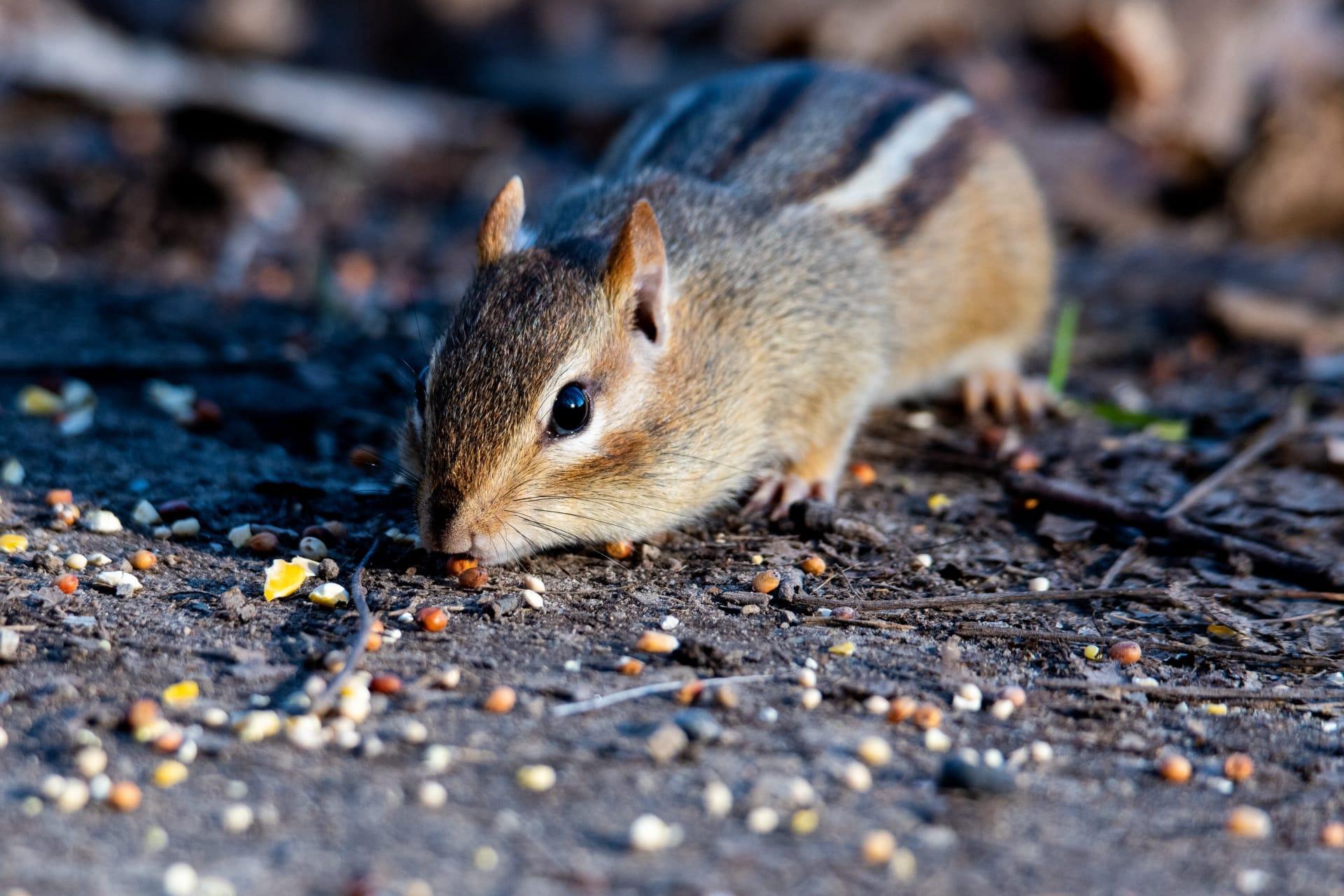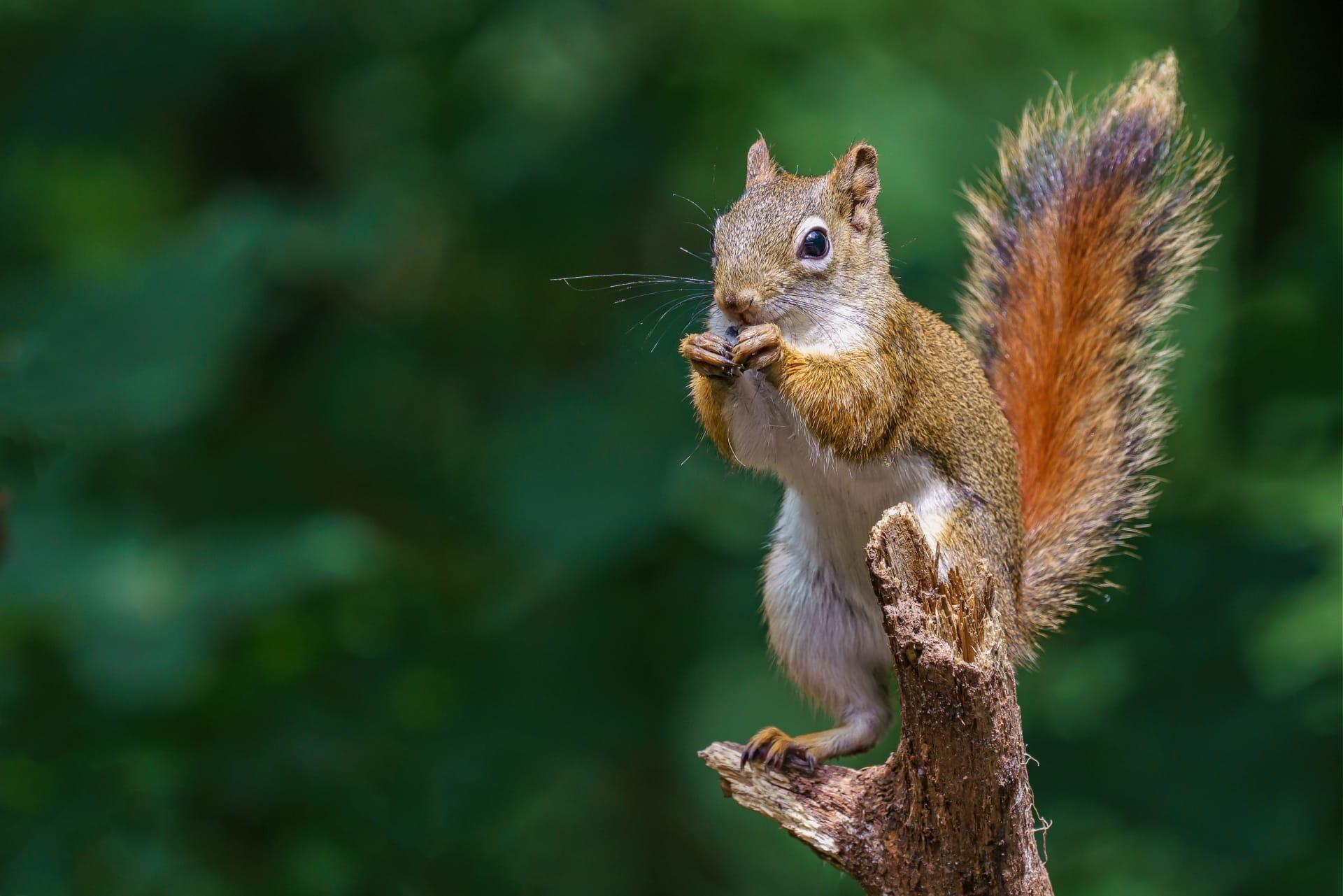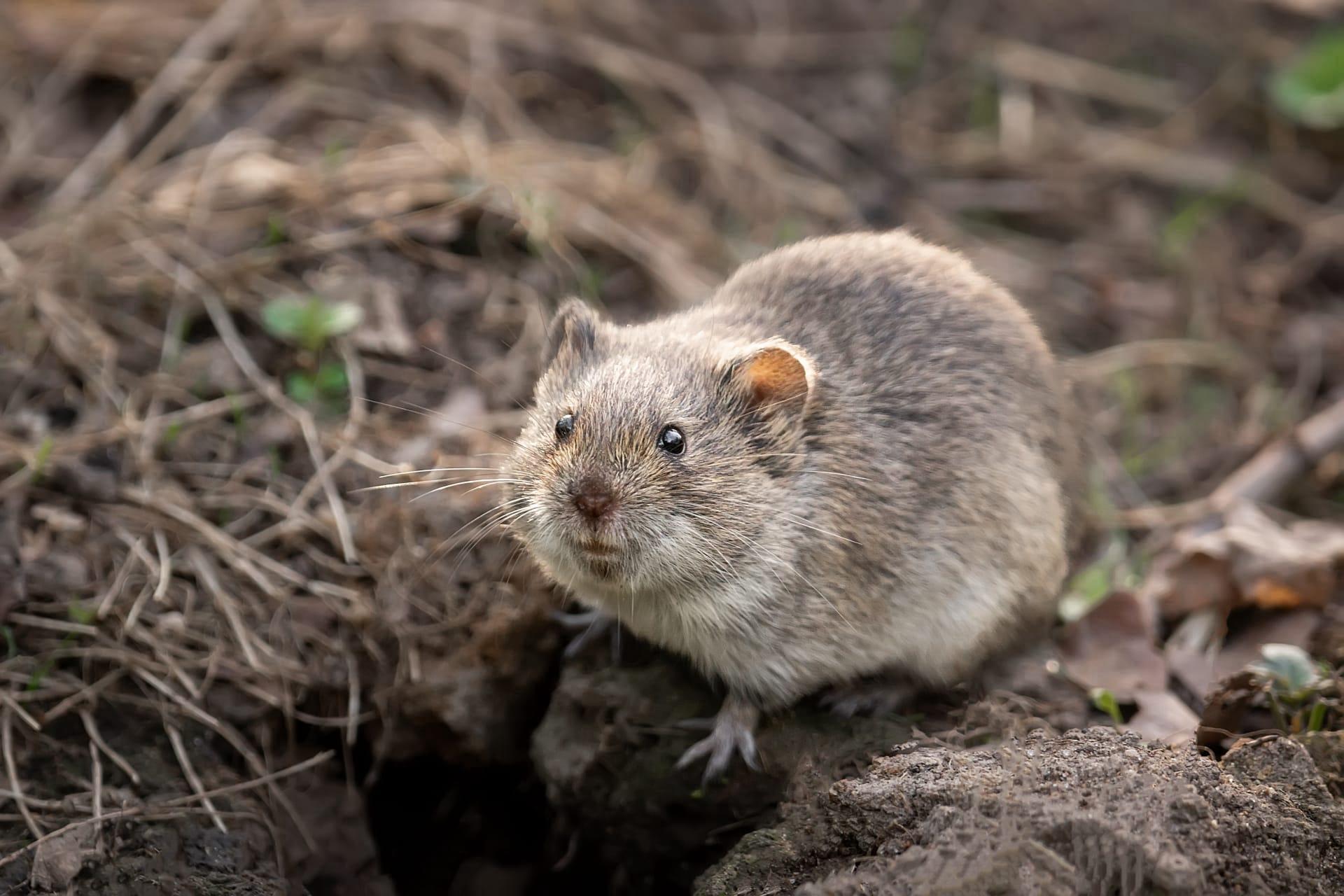1
Mice are renowned for their remarkable reproductive abilities. A single pair of mice can produce as many as 5 to 10 litters per year, with each litter containing 5 to 6 offspring on average. This rapid reproduction rate means a single pair of mice can potentially lead to the birth of 60 new mice annually, underlining their capacity for population growth.
Another fascinating fact about mice is their agility and physical capabilities. They are excellent jumpers, capable of leaping up to 18 inches in the air. This is particularly impressive considering the average mouse is only about 3 to 4 inches in length. Their agility is complemented by their ability to climb and run along thin wires or ropes, showcasing their remarkable balance and dexterity.

2
Mice have a unique dietary adaptability that plays a significant role in their survival. They are omnivores, which means they can eat both plant and animal matter. Their diet typically includes grains, fruits, seeds, and insects. This adaptability in diet allows mice to thrive in a wide range of environments, from rural farmlands to urban areas.
Interestingly, mice also have a keen sense of taste and can detect certain substances in their food at concentrations as low as a few parts per million. This heightened taste sensitivity enables them to avoid potentially harmful substances, an essential survival skill in the wild where they might encounter various toxins.

3
Regarding sensory perception, mice have a highly developed sense of smell. They rely on their olfactory abilities to find food, avoid predators, and communicate with other mice. This sense of smell is so acute that they can detect odor trails left by other mice, aiding in navigation and social interaction.
Mice also play a critical role in scientific research. They are one of the most commonly used animals in biomedical research, contributing to our understanding of genetics, disease processes, and drug testing. Their genetic, biological, and behavioral similarities to humans make them valuable models for studying human diseases such as cancer, diabetes, and heart disease.

4
Another intriguing aspect of mice is their vocal communication. They use ultrasonic vocalizations, particularly in social contexts like mating. These sounds are often inaudible to human ears. The frequency of these vocalizations can vary from 30 kHz to 110 kHz. This mode of communication is vital for mating rituals and establishing social hierarchies.
Mice also have a remarkable ability to learn and adapt to their environment. They can be trained to navigate complex mazes and remember the solution for significant periods. This learning ability is not just instinctual behavior but demonstrates a level of cognitive processing that is quite sophisticated for such small animals.

5
Regarding their habitat, mice are known for their ability to thrive in a variety of environments. They are found on every continent except Antarctica, showcasing their adaptability. They can live in fields, forests, and urban areas, often nesting in hidden areas close to food sources.
Mice have a unique defense mechanism against predators. They can shed the skin of their tails when caught. This ability, known as caudal autotomy, allows them to escape when grabbed by the tail by predators. While this is a defensive measure, it's a last resort, as the tail does not regrow and its loss can impact their balance and agility.